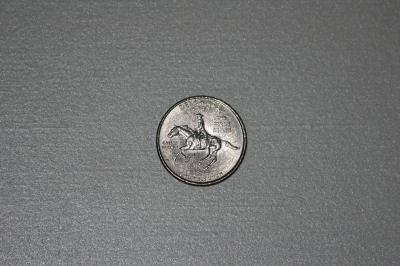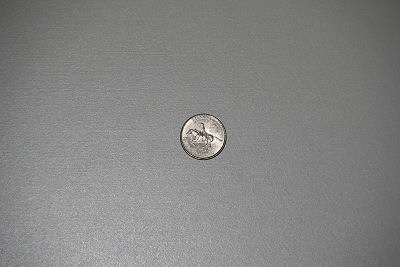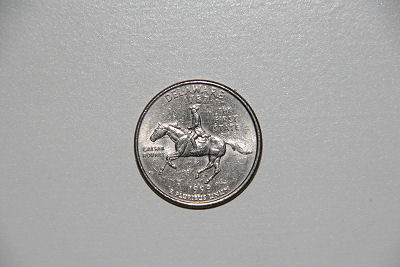

Tamron 18-250mm F/3.5-6.3 AF Di-II LD Aspherical (IF) Macro Review
Zoom Range
The primary feature of this lens is, of course, the very wide zoom range. A 13.9x zoom used to be something you'd only find on a video camera. It covers everything from a true wideangle to a pretty long telephoto when coupled with an APS-C DSLR like the Canon EOS 20D (which was used for all the images in this review). The range of the zoom is shown well in the series of images below:

Coupled with its small size (3.3" long x 2.9" diameter) and reasonable weight (just under 1lb) the Tamron 18-250/3.5-6.3 seems like it would be an ideal candidate for a travel lens or a single "do it all" lens for those who just don't like switching lenses.
"Macro"
Though obviously not a true macro lens, the Tamron 18-250mm F/3.5-6.3 does focus down to 45cm at all focal length settings and gives a 1:3.5 magnification ratio.
You might think at 250mm focal length and a focus distance of 45cm. magnification should be more than 1:3.5, and you'd be right - so what's going on? Well, like just about all internal close focus zooms, the Tamron 18-250mm F/3.5-6.3 reduces in focal length when close focused. At a focus distance of 45cm the true focal length when the lens is set to 250mm is probably more like 125mm. For macro work this doesn't really matter, except that you need to get closer to your subject for a given magnification ratio.
You can see this in action in the following series of images. The first image shows the maximum magnification of the Canon EF70-300/4-5.6 IS USM at 300mm and a focus distance of 150cm.

Canon EF70-300/4-5.6 close focused (150cm) at the 300mm focal length
Below is a shot of the same subject taken from the same distance with the Tamron 18-250mm F/3.5-6.3. As you can see the magnification is significantly smaller, in fact it's about half. Roughly that means the focal length is about half that of the Canon lens, despite the marked difference only being 250mm vs. 300mm.

Tamron 18-250mm F/3.5-6.3 focused at 150mm at the 250mm focal length setting
However, the Tamron 18-250mm F/3.5-6.3 focuses significantly closer than 150cm, in fact it focuses down to 45cm and at that distance produces a greater magnification than the Canon 70-300/4-5.6IS

Tamron 18-250mm F/3.5-6.3 focused at 45cm at the 250mm focal length setting
